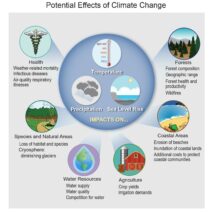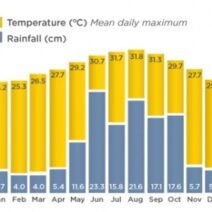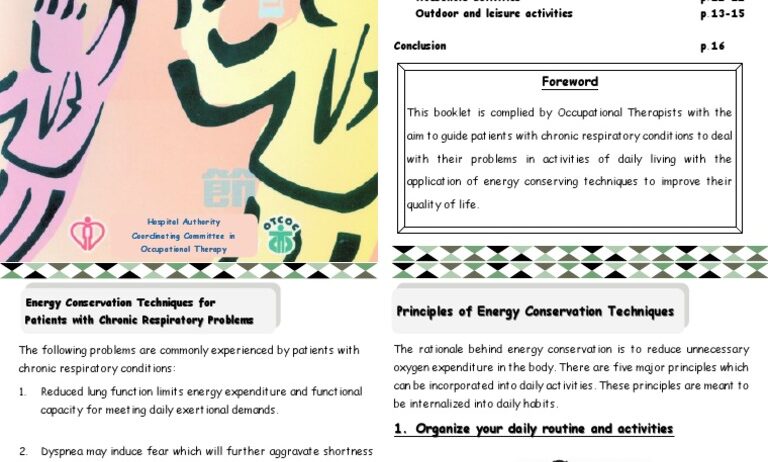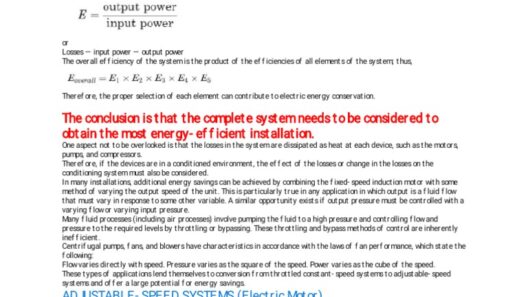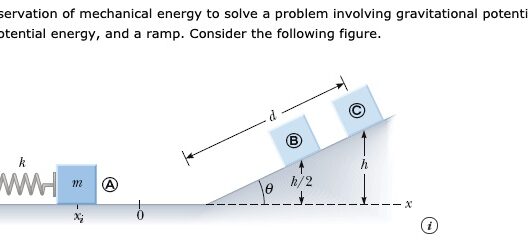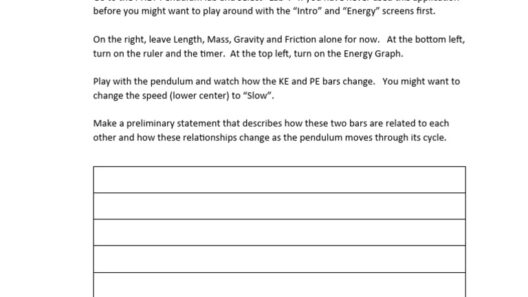Energy conservation techniques are vital strategies that can drastically reduce our energy consumption, preserve natural resources, and mitigate environmental impacts. With the undeniable effects of climate change and the growing demand for energy, these techniques offer practical ways to assist individuals and organizations in becoming more energy-efficient. But have you ever stopped to think about how much energy could be saved simply by altering some of our everyday habits? This article explores six essential methods of energy conservation that everyone can implement in their lives.
First and foremost, it’s essential to understand that energy conservation is not merely about cutting back on energy usage; it is about enhancing efficiency. The goal is to produce the same output while requiring less energy input. A primary technique in this category is implementing energy-efficient appliances.
1. Invest in Energy-Efficient Appliances
Energy-efficient appliances utilize advanced technology to consume less energy while maintaining the same level of performance. Look for appliances labeled with the Energy Star certification, which signifies compliance with strict energy efficiency guidelines. For example, a fridge with an Energy Star certification can use up to 50% less energy than standard models. The initial investment may be higher, but the long-term savings on utility bills and reduction in energy consumption are well worth it. Moreover, businesses can benefit from incentives such as rebates or tax credits when they invest in energy-efficient equipment.
2. Optimize Heating and Cooling
Heating and cooling systems are significant contributors to energy consumption in homes and workplaces. One of the most effective methods to conserve energy is to regularly maintain these systems. A well-maintained HVAC system operates at peak efficiency, reducing energy bills. Additionally, consider installing programmable thermostats that can automatically adjust the temperature according to your schedule, minimizing energy use during non-peak hours. For those in colder climates, effective insulation can prevent heat loss through walls, roofs, and floors, significantly lowering energy needs for heating.
In warmer months, utilizing fans instead of air conditioning can also be a game-changing strategy. Ceiling fans can create a wind-chill effect, making you feel cooler without lowering the room temperature excessively. Isn’t it fascinating how such small adjustments can significantly impact energy conservation?
3. Embrace Renewable Energy Sources
Transitioning to renewable energy sources such as solar, wind, or geothermal can be one of the most transformative energy conservation techniques. Solar panels, for instance, enable homeowners to harness sunlight, turning it into electricity, thereby reducing dependency on fossil fuels. This shift not only cuts down on greenhouse gas emissions but can also lead to substantial savings on energy bills. Furthermore, various government incentives are available to encourage individuals and businesses to install renewable energy systems.
However, the challenge lies in the initial setup costs and the logistics of installation. Can you imagine the benefits that our communities could reap if every household adopted renewable energy solutions? The reduction in pollution alone would be monumental!
4. Practice Energy Conservation Behavioral Changes
Awareness is the cornerstone of energy conservation. Simple behavioral changes can collectively lead to significant energy savings. Encourage family members or employees to turn off lights when exiting a room, unplug chargers when not in use, and opt for natural light whenever feasible. Additionally, adopting practices such as air drying clothes instead of using a dryer, or carpooling and using public transportation can make a sizeable impact. Each small effort accumulates, benefiting the broader environment.
Ponder this: what if every household actively implemented one new energy-saving habit each month? The ripple effect could lead to an exponential reduction in energy consumption across communities.
5. Integrate Smart Technology
Smart technology is revolutionizing energy efficiency. From smart thermostats to home automation systems, these devices can optimize energy usage based on real-time data. By connecting appliances and systems, homeowners can monitor energy consumption remotely and adjust settings through their smartphones. For instance, smart meters can provide insights into usage patterns, enabling individuals to identify areas for improvement.
The allure of smart technology is its ability to make energy conservation not only easy but also engaging. Users can set goals, track progress, and even receive notifications about peak usage times or tips on saving more energy. Is there a more appealing challenge than mastering energy efficiency through technology?
6. Engage in Community Energy Conservation Initiatives
Lastly, the power of community should not be underestimated. Engaging in local energy conservation initiatives can amplify individual efforts. Neighborhood programs aimed at reducing energy usage can inspire collective action and foster a culture of sustainability. By coming together for activities such as community clean-ups, educational workshops, or collaborative renewable energy projects, the impact can be incredibly significant and may even lead to local policy changes that promote sustainability.
In conclusion, energy conservation techniques present viable solutions to tackle one of the most pressing issues of our time. By investing in energy-efficient appliances, optimizing heating and cooling systems, embracing renewable energy sources, making behavioral changes, integrating smart technologies, and engaging in community initiatives, everyone has the power to contribute to a more sustainable future. The challenge lies in where to begin. Which of these methods will you implement today? The decisions we make today can curate a brighter, more energy-efficient world for future generations.
